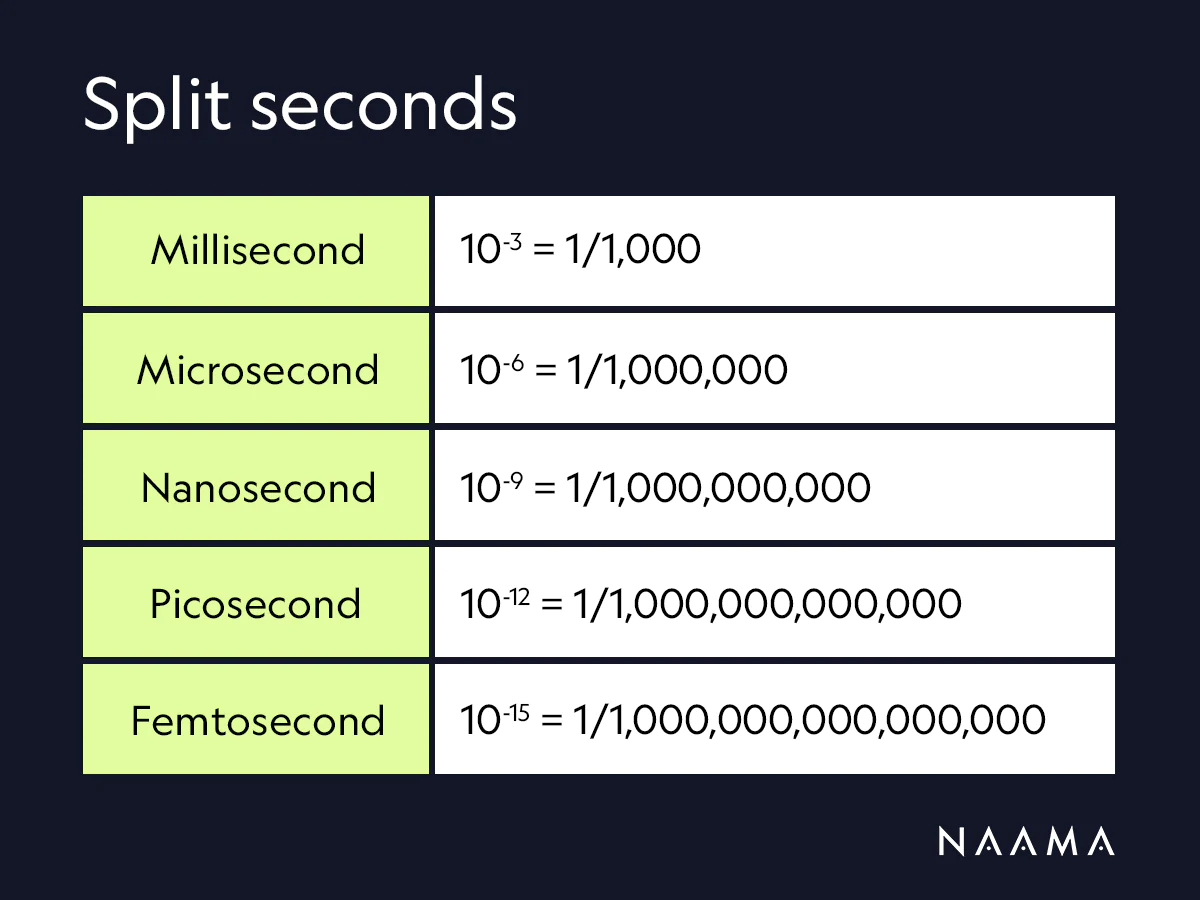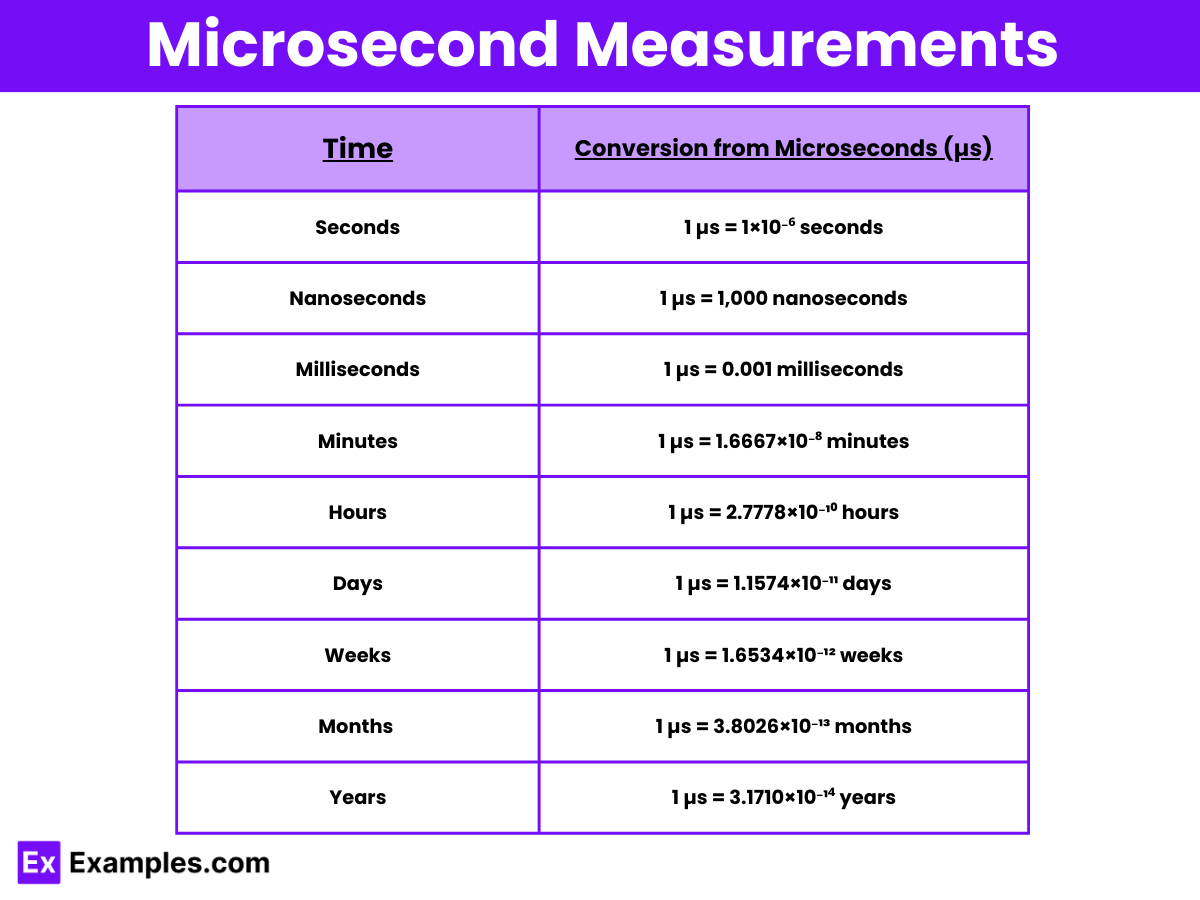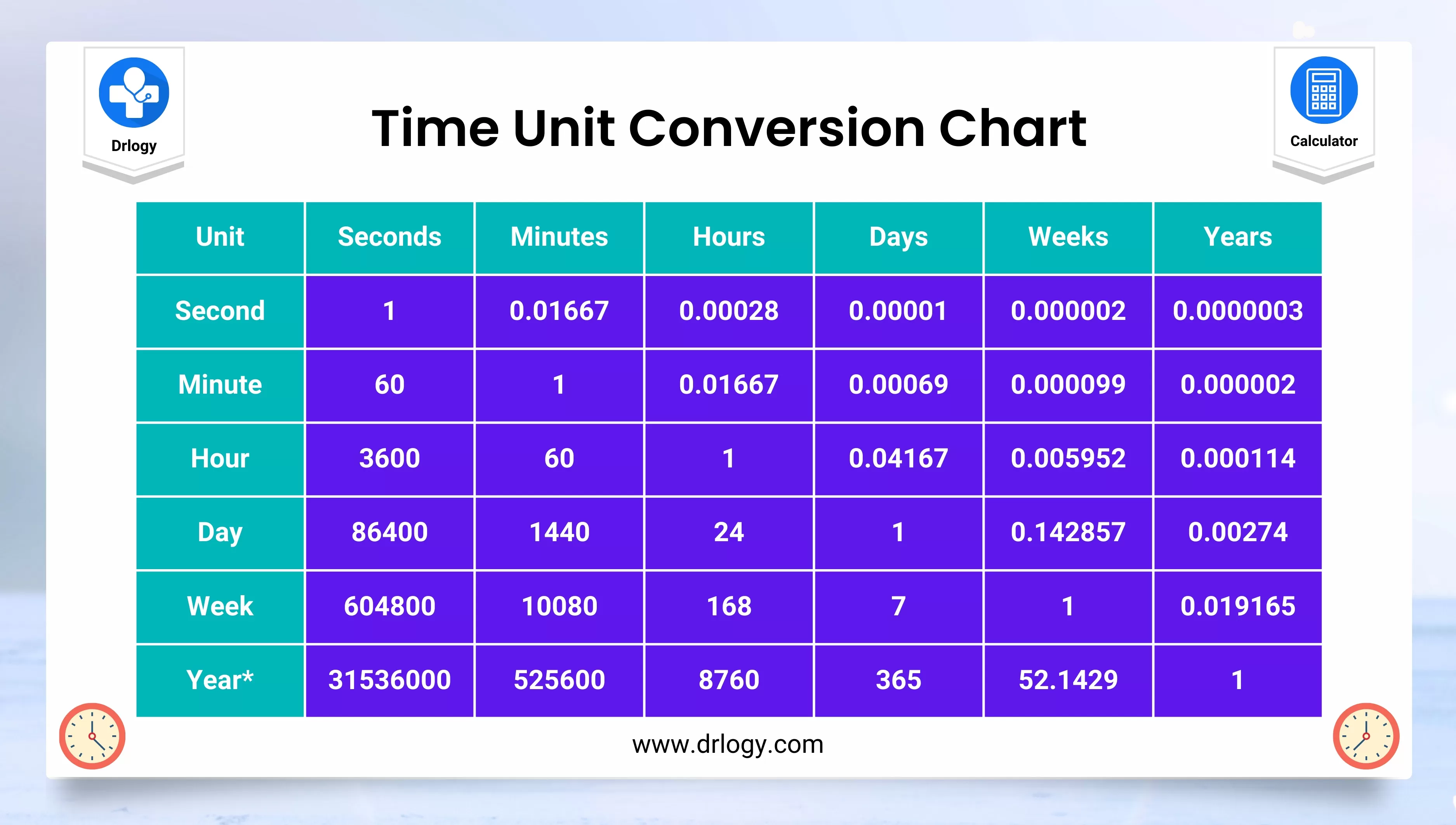Microseconds To Milliseconds
Microseconds To Milliseconds - Std::chrono::milliseconds d = std::chrono::duration_cast< std::chrono::milliseconds >( fs ); The usleep() function suspends execution of the calling thread for (at least) usec microseconds. The sleep may be lengthened slightly by any system activity or by the time spent. Furthermore, as others indicated, the legacy classes cannot accommodate microseconds, only milliseconds. Java 8 captures the current moment in milliseconds, while a new clock implementation in java 9 captures the moment in finer granularity, typically microseconds though it depends on the. To break the code into details, paste the below code into a python console: I believe that you are missing the.count();. Well, actually, the legacy class java.sql.timestamp attempts to represent.
Well, actually, the legacy class java.sql.timestamp attempts to represent. Java 8 captures the current moment in milliseconds, while a new clock implementation in java 9 captures the moment in finer granularity, typically microseconds though it depends on the. Furthermore, as others indicated, the legacy classes cannot accommodate microseconds, only milliseconds. The sleep may be lengthened slightly by any system activity or by the time spent. Std::chrono::milliseconds d = std::chrono::duration_cast< std::chrono::milliseconds >( fs ); I believe that you are missing the.count();. The usleep() function suspends execution of the calling thread for (at least) usec microseconds. To break the code into details, paste the below code into a python console:
Std::chrono::milliseconds d = std::chrono::duration_cast< std::chrono::milliseconds >( fs ); The usleep() function suspends execution of the calling thread for (at least) usec microseconds. Well, actually, the legacy class java.sql.timestamp attempts to represent. Java 8 captures the current moment in milliseconds, while a new clock implementation in java 9 captures the moment in finer granularity, typically microseconds though it depends on the. I believe that you are missing the.count();. The sleep may be lengthened slightly by any system activity or by the time spent. Furthermore, as others indicated, the legacy classes cannot accommodate microseconds, only milliseconds. To break the code into details, paste the below code into a python console:
Milliseconds to Microseconds Conversion (ms to µs)
To break the code into details, paste the below code into a python console: I believe that you are missing the.count();. The usleep() function suspends execution of the calling thread for (at least) usec microseconds. Well, actually, the legacy class java.sql.timestamp attempts to represent. Furthermore, as others indicated, the legacy classes cannot accommodate microseconds, only milliseconds.
Convert From Microseconds To Milliseconds
The usleep() function suspends execution of the calling thread for (at least) usec microseconds. The sleep may be lengthened slightly by any system activity or by the time spent. Java 8 captures the current moment in milliseconds, while a new clock implementation in java 9 captures the moment in finer granularity, typically microseconds though it depends on the. I believe.
Unveiling the World of Precise Time Measurement Exploring the
Well, actually, the legacy class java.sql.timestamp attempts to represent. Java 8 captures the current moment in milliseconds, while a new clock implementation in java 9 captures the moment in finer granularity, typically microseconds though it depends on the. I believe that you are missing the.count();. The sleep may be lengthened slightly by any system activity or by the time spent..
How Many Nanoseconds Ns Are In 1 Millisecond? Update
Std::chrono::milliseconds d = std::chrono::duration_cast< std::chrono::milliseconds >( fs ); The usleep() function suspends execution of the calling thread for (at least) usec microseconds. The sleep may be lengthened slightly by any system activity or by the time spent. Java 8 captures the current moment in milliseconds, while a new clock implementation in java 9 captures the moment in finer granularity, typically.
Microseconds To Seconds
Java 8 captures the current moment in milliseconds, while a new clock implementation in java 9 captures the moment in finer granularity, typically microseconds though it depends on the. Well, actually, the legacy class java.sql.timestamp attempts to represent. Std::chrono::milliseconds d = std::chrono::duration_cast< std::chrono::milliseconds >( fs ); The usleep() function suspends execution of the calling thread for (at least) usec microseconds..
Microsecond (µs) to millisecond (ms) & Millisecond (ms) to Microsecond (µs)
I believe that you are missing the.count();. The usleep() function suspends execution of the calling thread for (at least) usec microseconds. Java 8 captures the current moment in milliseconds, while a new clock implementation in java 9 captures the moment in finer granularity, typically microseconds though it depends on the. The sleep may be lengthened slightly by any system activity.
Convert Milliseconds to Minutes (ms to min)
Well, actually, the legacy class java.sql.timestamp attempts to represent. Std::chrono::milliseconds d = std::chrono::duration_cast< std::chrono::milliseconds >( fs ); Furthermore, as others indicated, the legacy classes cannot accommodate microseconds, only milliseconds. Java 8 captures the current moment in milliseconds, while a new clock implementation in java 9 captures the moment in finer granularity, typically microseconds though it depends on the. I believe.
Microsecond Definition, Tools, Conversion Chart, Uses
I believe that you are missing the.count();. To break the code into details, paste the below code into a python console: Furthermore, as others indicated, the legacy classes cannot accommodate microseconds, only milliseconds. The usleep() function suspends execution of the calling thread for (at least) usec microseconds. Java 8 captures the current moment in milliseconds, while a new clock implementation.
Solved 2. a) How many milliseconds (ms) are in 1 second? b)
To break the code into details, paste the below code into a python console: The usleep() function suspends execution of the calling thread for (at least) usec microseconds. Std::chrono::milliseconds d = std::chrono::duration_cast< std::chrono::milliseconds >( fs ); I believe that you are missing the.count();. Java 8 captures the current moment in milliseconds, while a new clock implementation in java 9 captures.
Best Time Unit Converter Calcualtor Time Calculator Drlogy
Well, actually, the legacy class java.sql.timestamp attempts to represent. The sleep may be lengthened slightly by any system activity or by the time spent. The usleep() function suspends execution of the calling thread for (at least) usec microseconds. I believe that you are missing the.count();. Java 8 captures the current moment in milliseconds, while a new clock implementation in java.
The Sleep May Be Lengthened Slightly By Any System Activity Or By The Time Spent.
To break the code into details, paste the below code into a python console: Std::chrono::milliseconds d = std::chrono::duration_cast< std::chrono::milliseconds >( fs ); Furthermore, as others indicated, the legacy classes cannot accommodate microseconds, only milliseconds. I believe that you are missing the.count();.
Well, Actually, The Legacy Class Java.sql.timestamp Attempts To Represent.
Java 8 captures the current moment in milliseconds, while a new clock implementation in java 9 captures the moment in finer granularity, typically microseconds though it depends on the. The usleep() function suspends execution of the calling thread for (at least) usec microseconds.

 %3D,g_north,y_600,co_rgb:213458/l_text:Montserrat_50_letter_spacing_4:TIME%2528mu%2529 ÷ 1000,g_north,y_670,co_rgb:213458/v1631954626/calculators/how-to-convert_dtix0f.png)







